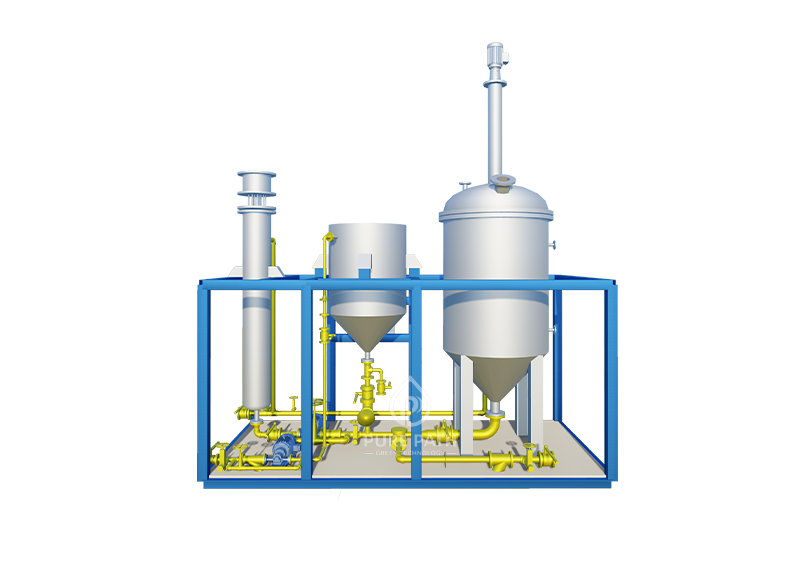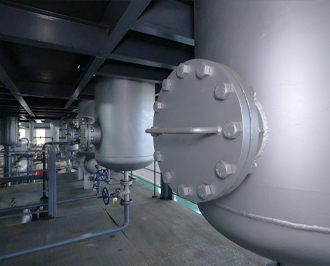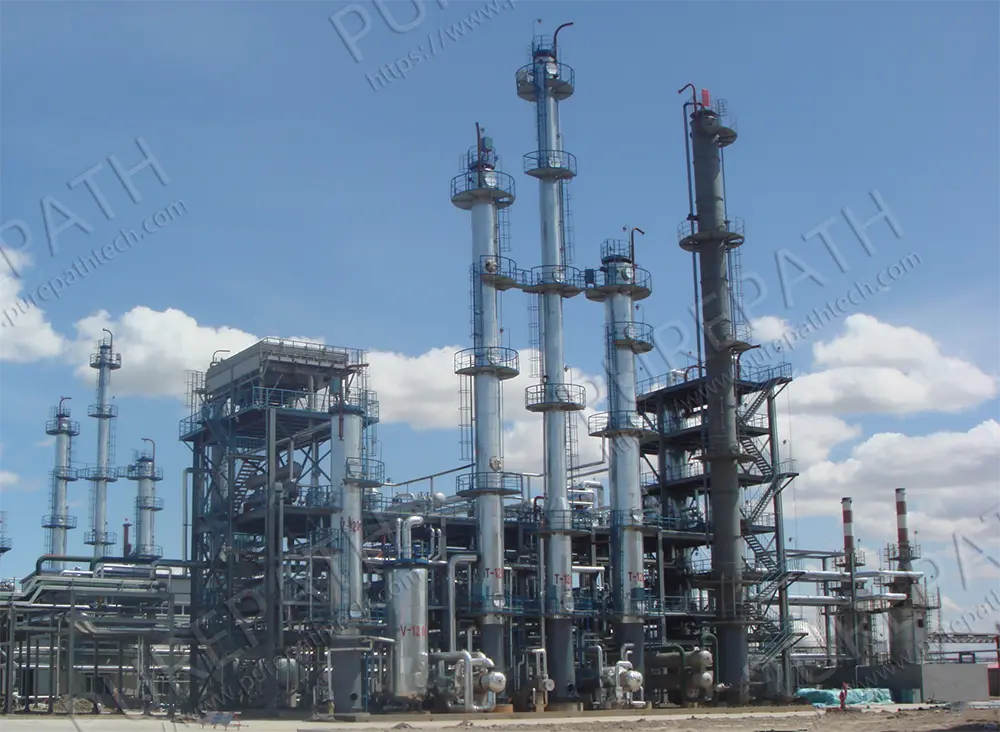What are the Base Oils and Additives in Lube Oil Blending?
We often have customers who want to learn what really defines the performance of a finished lubricant. Sophisticated machinery and precise automation surely have crucial roles, but the foundation of every successful production of lube oils lies in two very significant ingredients — base oils and additives.
These two elements work hand in hand: base oils form the primary structure of a lubricant, while additives enhance its performance and durability. In this article, we’ll share from a manufacturer’s perspective how base oils and additives contribute to the lube oil blending process, and why their careful selection determines the final quality of your product.
What’ the Role of Base Oils and Additives in Lube Oil Production
In any lubricating oil manufacturing operation, base oils and additives are the two pillars that determine both the performance and life of the final lubricant. Base oils typically make up 80–90% of the formulation, providing the fundamental physical properties — viscosity, oxidation stability, and lubricating film strength, for instance. Additives, which comprise the remaining 10–20%, are carefully formulated chemical additives that change or enhance these properties to produce desired levels of performance.
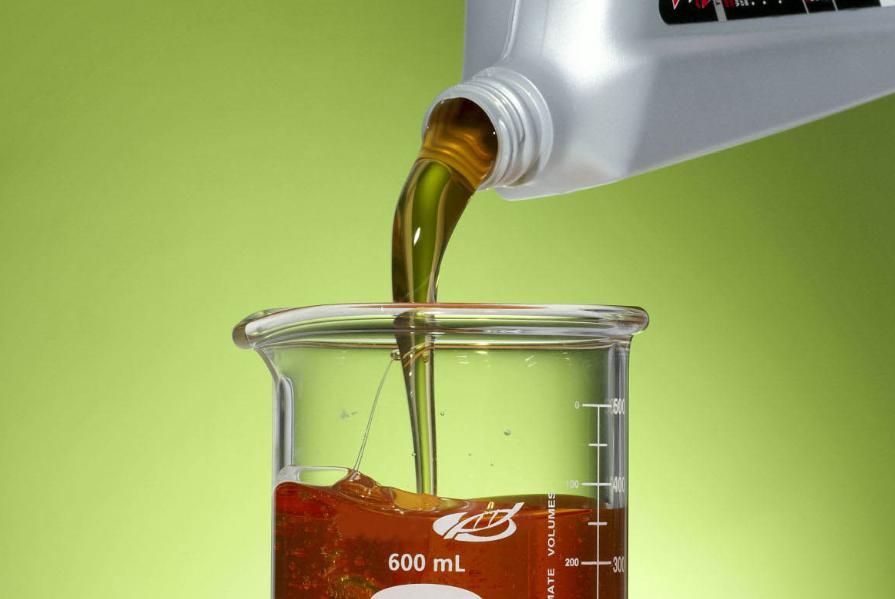
Together, these two components work in harmony in the lube oil blending process. As the carrier, the base oil carries the additives, which are performance improvers that protect engines and equipment from extreme conditions of high temperature, heavy load, or extended drain intervals. The proper balance between them is what determines if a lubricant has the capacity to deliver consistent protection, reduce friction, and maintain efficiency over time.
From a manufacturer’s perspective, achieving this balance is an art and a science. It not only requires precise formulation, but also an intimate knowledge of raw material performance in different lube oil blending systems. That’s why professional blending technology — supported by accurate dosing, automatic control, and quality testing — is so critical in lube oil manufacturing today.
What are the Base Oils in Lube Oil Blending?
Base oils are the very foundation of every lubricant blend. During lube oil blending, they are the first among equals as the principal medium that sets the viscosity, stability, and overall performance of the product. A clear understanding of their class and properties is vital to every participant involved in lube oil manufacturing, whether a formulator, a plant operator, or anyone in between.
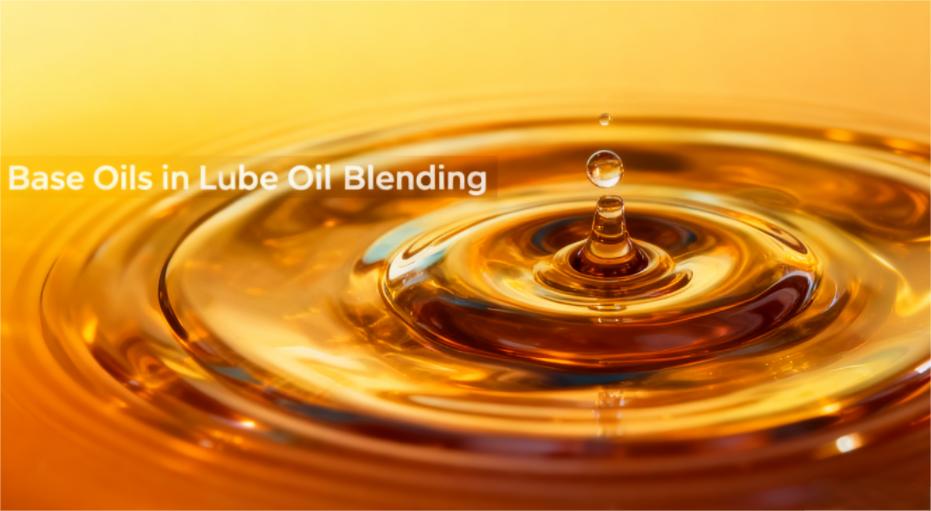
Based on the refining process and chemical structure, according to the American Petroleum Institute (API), there are five major groups of base oils — Group I, II, III, IV, and V.
- Group I: These are manufactured from solvent refining and are the traditional mineral base oils with higher sulfur and aromatic contents. They are cost-effective and suitable for general-purpose lubricants.
- Group II: Group II oils are manufactured by hydrocracking and hydrotreating. They contain better purity, color, and oxidation stability. They are most sought after today by contemporary lube oil blend plants.
- Group III: Hydroisomerized or highly refined base oils with a higher viscosity index and lower volatility. They are used in top-of-the-line automotive and industrial lubricants and in some markets may be “synthetic” marked.
- Group IV: Synthetic polyalphaolefin (PAO) base oils, which are intended to have excellent low-temperature characteristics, high heat stability, and very good resistance to oxidation — well suited to top-of-the-line and high-performance lubricants.
- Group V: A catch-all group which includes esters and other synthetic lubricants used to enhance or add to the performance of other groups of base oils.
In contemporary lube oil blending facilities, most formulations employ Group II and Group III base oils, where cost savings and performance are well balanced. However, with progressively more stringent lubricant performance specifications — especially in high-performance engines and environmentally regulated markets — synthetic base oils (Groups III–V) increasingly are being utilized.
What are the Additives in Lube Oil Blending?
Whereas the base oils form the foundation of any lubricant, additives are the ones that really define its actual performance. In blending lube oils, additives refer to chemical compounds carefully weighed and mixed with the base oil to enhance or modify a given property. Although they typically represent only 10–20% of the whole recipe, they play the deciding part in the lubricant’s protection, durability, and efficiency.
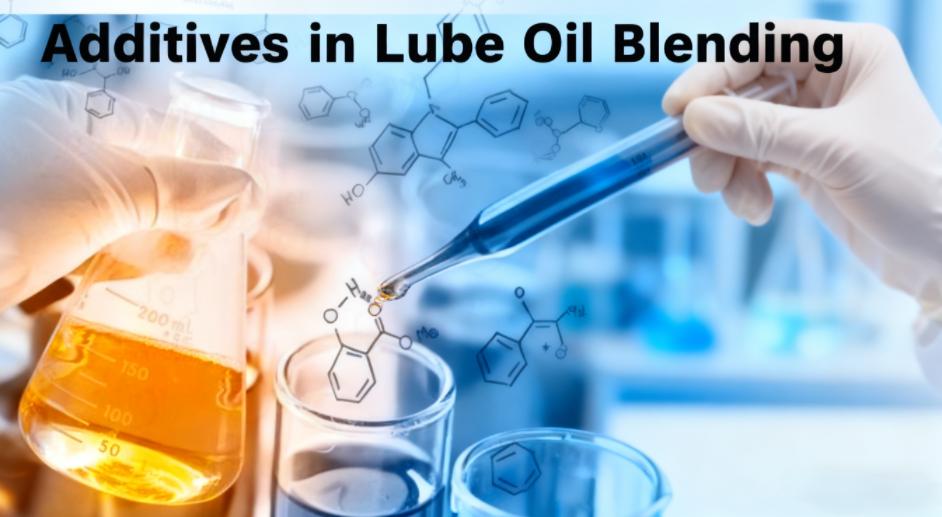
Every additive has a specific role in the lube oil blending system. Here are the most typical additive types applied in contemporary lube oil manufacturing:
- Detergents: Keep machinery or engine surfaces clean of grime through neutralization of acidic by-products and prevention of deposit creation.
- Dispersants: Stop settling and clogging by suspending and dispersing contaminants so that sludge and soot do not create clogs.
- Anti-wear Agents: Such as ZDDP (zinc dialkyldithiophosphate), these additives leave a protective film on metal surfaces to reduce wear and friction under high load.
- Viscosity Index Improvers: Maintain consistent oil thickness across a wide range of temperatures for cold start and high-heat operations stable lubrication.
- Pour Point Depressants: Maintain pumpability by stopping oil from thickening or solidifying at low temperatures.
- Antioxidants and Corrosion Inhibitors: Slow down oxidation and protect internal surfaces against corrosion and rust, extending the life of oil.
- Friction Modifiers and Anti-foam Agents: Optimize efficiency through reduced energy loss and smooth circulation of oil.
These additives in a new-generation blending plant are incorporated through precise dosing equipment that ensures uniform mixing and chemical stability. Inhomogeneity in mixing time, temperature, or concentration can lead to performance issues or failure to meet international standards such as API, ACEA, or OEM specifications.
To me, proper additive management is equally critical as selecting the right base oil. Proper handling, filtering, and storage conditions ensure that each additive performs as expected during blending and through the service life of the lubricant. When blended with high-tech automation and quality inspection, a precisely controlled lube oil blending process generates uniform and high-quality lubricants that meet customer requirements and regulatory expectations.
How a Lube Oil Blending Plant Ensures Quality and Consistency?
A properly designed lube oil blending plant is the beginning for ensuring consistent quality in lube oil production. The latest facilities combine advanced automation with precise control of processes so manufacturers are able to follow formulation specifications closely. Every step from raw materials storage to final packaging is controlled to prevent contamination and maintain product integrity.
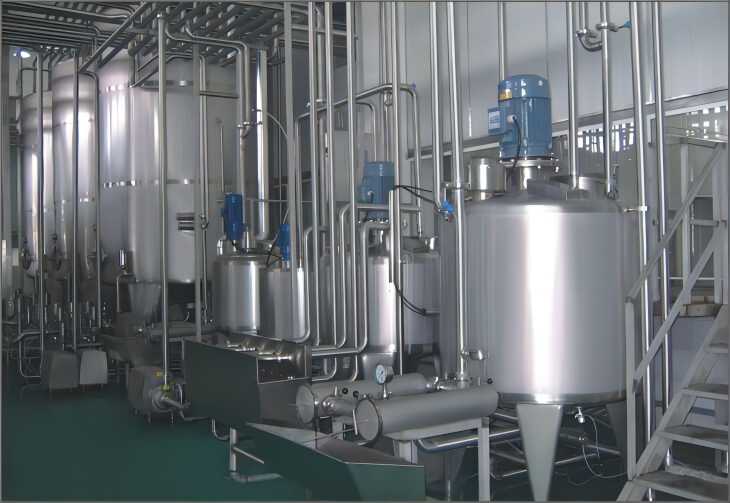
Key factors that ensure consistency are:
- Automated Dosing Systems: Weigh base oils and additives to precise ratios to maintain correct ratios throughout the lube oil blending process.
- Inline Blending Technology: Continuously blends components under controlled conditions to minimize batch-to-batch variability.
- Real-Time Monitoring: Titrates temperature, viscosity, and flow rates to provide chemical stability and homogeneity.
- Laboratory Testing: Tests samples for viscosity, flash point, and other parameters of importance to confirm conformity to API, ACEA, and OEM specifications.
- Storage and Contamination Control: Management of tanks and adequate filtration prevents impurities from affecting the end product.
All of these methods combined, a new lube oil blending plant guarantees every lubricant batch complies with performance requirements. Consistency not only increases product dependability but also supports customer confidence so lubricants deliver maximum protection in a wide variety of applications.
Importance of Base Oil and Additive Selection in Lube Oil Production
The choice of additives and base oils is the foundation of any lube oil business. The choice of the right components not only affects lubricant performance but also operational cost, efficiency, and compliance with industry specifications. All lube oil blending activities are centered around this fine balance to achieve optimum results.
| Factor | Description |
| Application Requirements | Different machinery or engines require specific viscosity, thermal stability, and wear protection. |
| Performance Specifications | Ensuring the formulation meets API, ACEA, or OEM standards. |
| Cost and Availability | Balancing high-performance additives and base oils with overall production costs. |
| Environmental Compliance | Choosing additives and base oils that meet modern sustainability and low-emission requirements. |
| Compatibility | Ensuring additives work harmoniously with selected base oils to prevent chemical instability or sludge formation. |
Strategic choices in lube oil blending ensure the finished lubricant delivers consistent performance, durability, and reliability. From the perspective of the manufacturer, such careful attention to the selection process directly affects product quality, customer satisfaction, and long-term feasibility of the lube oil blending facility.
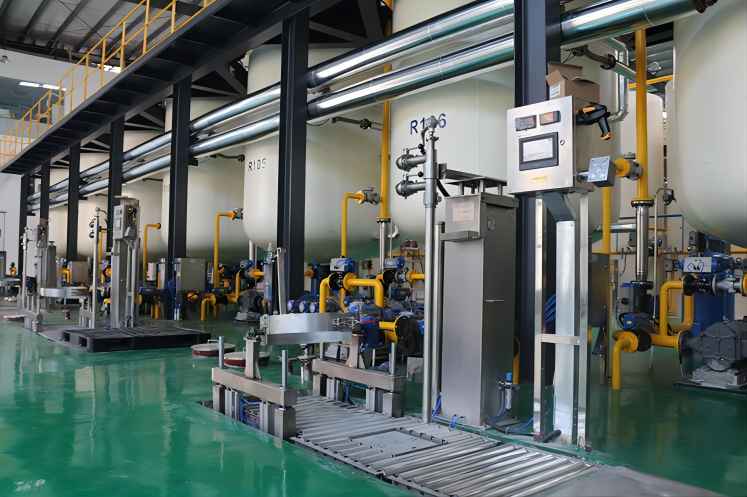
Conclusion
In the world of lube oil blending, the synergy between base oils and additives defines the success of every formulation. A reliable lube oil blending plant must not only mix these ingredients precisely but also ensure consistent quality across every batch.
With years of manufacturing experience, we understand that the key to high-performance lube oil production lies in the harmony between technology, raw materials, and expertise. Whether you are building a new blending facility or upgrading your existing plant, choosing the right process and partners will determine your success in today’s competitive lubricant industry.
Need professional support? Please contact PurepathTech for a customized solution!


